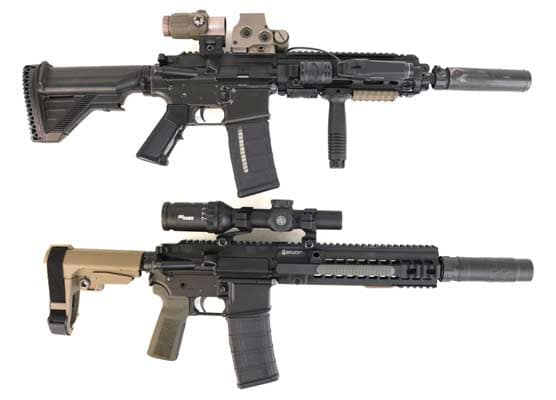The Magic Wheel
In a conversation with some young folks, I noticed they were looking quizzically at me wearing a revolver during a class. They were stunned I would actually carry one. I mean, “revolvers,” they said, “being old fashioned and all.” I thought maybe they were tugging a geezer’s leg. Then I looked at their heads cranked around like the old RCA dog commercials and realized something astounding: They really, really didn’t get it.
So, it occurred to me there’s a generation of people — not counting the “I don’t like guns” crowd — who are in fact, “sort” of gun folks, but don’t know of the legend of the amazingly simple wheel idea.
That Magic Wheel
It would be a foolish child who believes someone can’t defend himself with a revolver — even today. From the cap and ball revolvers of the Civil War, passing though the failure of the .38 cartridges in the Philippines and the consequent recall of the .45 big bores, the revolver has often been asked to step up to the plate and swing. And swing it did with the advent of the hand ejector systems. Though the maze of time and tools consisting of dump pouches, speed strips and speed loaders of the twist and Jet types, the revolver grew over time into a viable tool for personal protection. Is it the best tool? Maybe not; but then again, no handgun is. Is it a viable tool? Without a doubt.
The truth be known, many people’s perceptions of personal protection are based on volume of fire going down range or, perhaps more correctly, down the hallway. I’m not sure, but last time I checked I think there might be this legal-accountability thing hanging around the edges of gunfights, and all those stray bullets flying around. I’m simply not convinced I need a bucket of bullets to solve my problem.
And so this isn’t like the .41 Magnum — misunderstood or misrepresented — I don’t believe a 5-shot Chief’s Special is the ultimate fighting handgun. In fact, most 2″ guns should be used by highly competent shooters, not the “gun in my purse or fanny pack” crowd, who often buy them. Before someone launches off the chair, I’ll say this; yes, the gun in your pocket is better than the one at home in the safe when the fight starts. Someplace in between these vastly split poles is the equator of common sense for personal protection.
Today's New "Old" Guns
For those who hold no particular grudge against automatics but are still slightly attached to the revolving handgun, there is some good stuff there also. The hand cannons of .500-this and .460X-whatever are nice, but since I’m most likely not going Tyrannosaurs Rex hunting this weekend, I don’t need one for personal protection against big lizards. How bout’ 3-ounce .44 Magnums? Count me out. My elbows already hurt the way it is. When it comes to modern day revolvers, S&W and Taurus are the only two significant makers actively manufacturing revolvers in any number for self-defense needs.
Local gun stores and gun shows often display a selection of older Colt and S&W revolvers, representing the glory days when revolvers ruled and self-defense was based on accuracy — not purely volume of fire. Think hard-case gents like Frank Hamer.
Are revolvers old fashioned? Could be. Effective? Without question. Are revolvers for everyone? They’re probably not for everyone, now that you ask. Yet again, the legend and the reality of the magic wheel have saved many lives — long before the age of plastic. If you don’t know much about revolvers you should try one out sometime. Ask some guy with grey in his hair. He’ll know — and understand. There’s still magic in these old guns.
Subscribe To American Handgunner

Get More Personal Defense Tips!
Sign up for the Personal Defense newsletter here:







